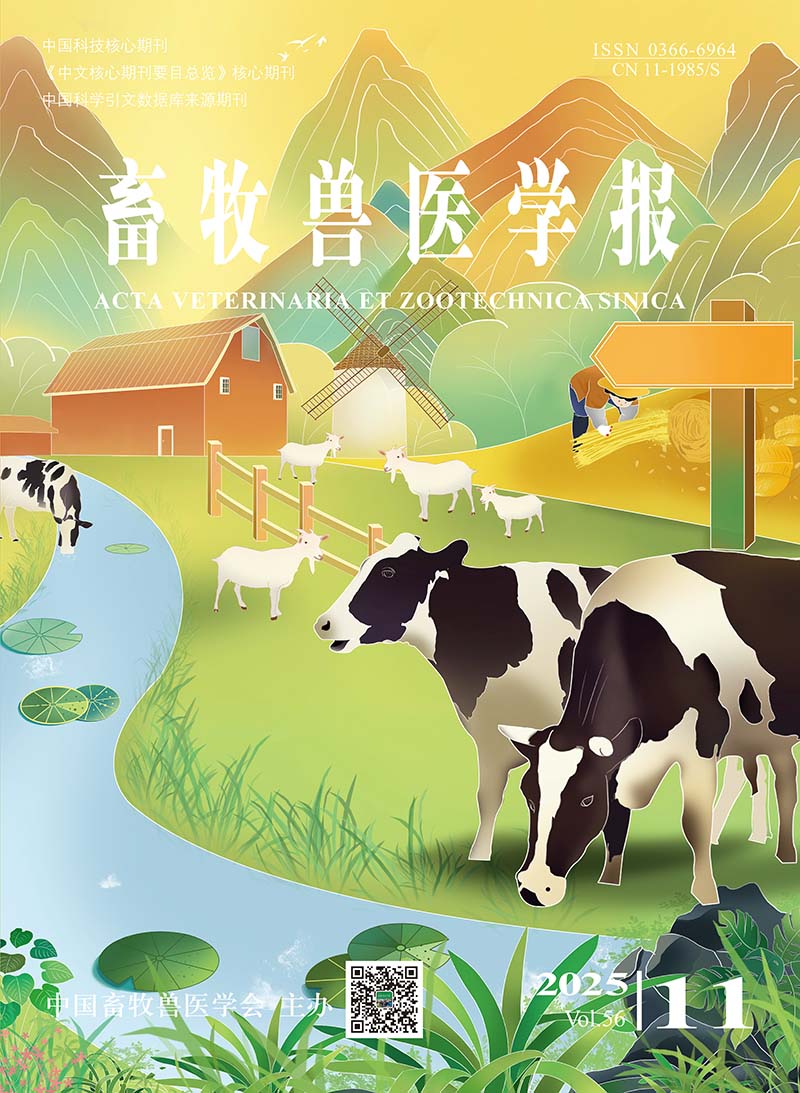The complete microsatellite sequence were searched by using MSDB v2.4 (Microsatellite Search and Building Database) in cow (Bos taurus) and sheep (Ovis aries) genomes, and their number, frequency, density and distribution were comparatively analyzed by bioinformatics in the study. Microsatellite (Short tandem repeats, STRs) number in cow and sheep were 806 272 and 682 891 loci, respectively, which respectively account for 4.78‰ and 4.80‰ of whole genome length. The overall STRs number was comparable in each chromosome of cow and sheep. In cow genome, the largest STRs number was found in chromosome 1 followed by chromosome 2, 3, 4, 5 and 6, and the smaller STRs number was in chromosome 25 and 28. In sheep genome, the largest STRs number was also found in chromosome 1 followed by chromosome 2, 3 and chromosome X, and the smaller STRs number was in chromosome 24, 25 and 26. There were highly positive correlation between chromosome length and STRs numbers in cow and sheep genomes (r>0.80, P=0.000). The different STRs repeat types in cow and sheep genomes, mononucleotide repeat type motifs was the most abundance, followed by dinucleotide, trinucleotide, pentanucleotide, tetranucleotide and hexanucleotide repeat types. Repeat copy category of A, AC, AT, AGC, ACG, AAC, AAT, AAAT, AAAC, AAAG were predominate in cow and sheep genomes, whereas repeat motifs of C, CG, AGT, CCG, ACT, AACG, AAGC, AACC, AACT, ACCG, AGCT, AGCG, CCGG and CCCG were rare in cow and sheep genomes.






